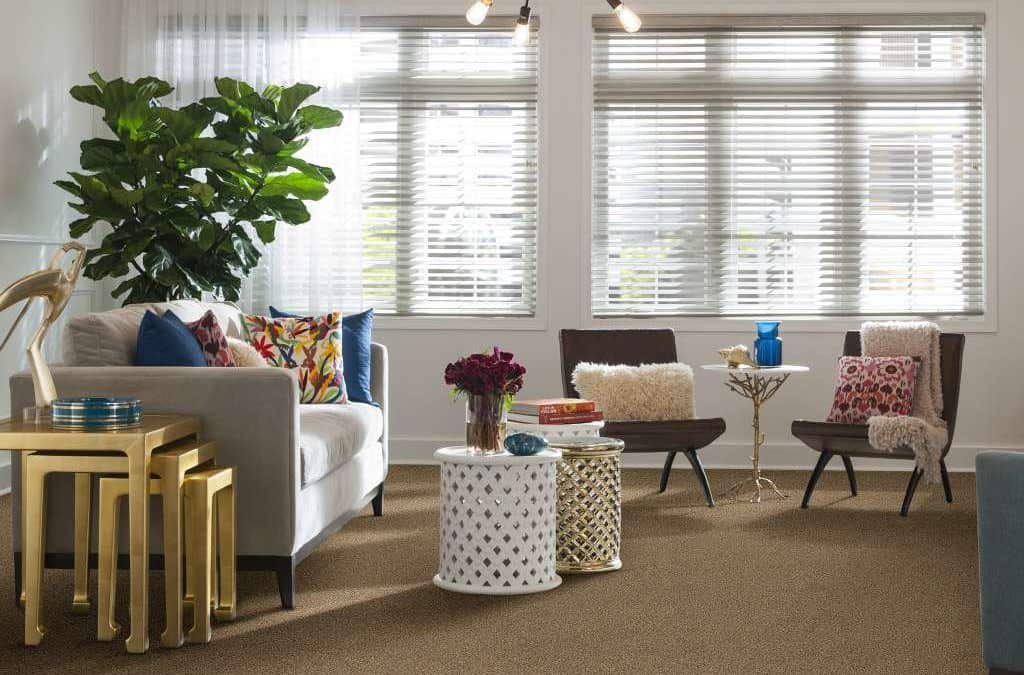Bamboo is probably not the first word that comes to your mind when you think of installing wood floors in your home. However, bamboo flooring is a great option in many cases.
Once difficult to find in the United States, bamboo flooring has recently gained popularity as builders in America have discovered the benefits of bamboo the Japanese have known for decades. Bamboo flooring is strong, beautiful, relatively easy to install and maintain, and environmentally friendly.
A Strong and Lightweight Flooring Material
Bamboo is both strong and lightweight. This has made it a common choice to use for scaffolding in Japan. This same strength means bamboo flooring is less likely to chip than hardwood flooring. It also has a resiliency that makes it easier on joints than hardwood floors for people who have to stand on it for long periods of time. This makes bamboo flooring a great choice for an office environment. It also means if you install bamboo in a room with many heavy furniture pieces, the weight is less likely to damage the floor.
Bamboo ages well, generally staying undamaged and developing a color range over time so that it may look even better once it’s older. Bamboo is traditionally a light-colored floor, but you can find tinted bamboo if you’d rather have a darker color. Carbonized bamboo, which has been boiled, is darker colored, but it’s less durable.
Believe it or not – Bamboo is not technically wood flooring
Bamboo is actually a grass rather than a wood, which makes it easier to cut than traditional hardwood floors. In most cases, you can cut it with a hand saw rather than heavy-duty machinery. It may be possible for an experienced homeowner to install their own bamboo flooring, and the cost of professional installation is often less than similar installations for hardwood floors.
Bamboo can be installed over most other hard flooring surfaces, as long as the sub floor is clean and undamaged. However, most contractors recommend nailing bamboo flooring to the sub floor rather than doing a floating installation.
Bamboo flooring is easy to keep clean
Maintaining your bamboo floor is relatively easy too. Most of the time, a dust mop is all you’ll need to keep your floor looking beautiful. Bamboo floors do need to be refinished occasionally but generally less often than hardwood floors. You may use a damp mop on your bamboo floor when necessary, but be careful not to use too much water and to dry it afterward.
Bamboo does absorb water, as all natural materials do, so it’s probably not a good choice for a room that will get wet often, such as a bathroom. Too much water can make the bamboo warp. Be sure to wipe up any spills promptly.
Bamboo flooring is an environmentally friendly choice. Since bamboo is a grass, it grows much faster than traditional hard woods, and the bamboo used for your floor will replenish itself within about five years.
Bamboo flooring is available in a wide range of prices. Beware, though, of bamboo flooring that seems extremely low-priced. That may indicate bamboo harvested before it reached full maturity. A floor made from immature bamboo is more prone to damage.
If you’re looking for a great selection of bamboo and other hardwood flooring options from top manufacturers like Shaw, look no further than Holmes Flooring in Leeds, AL.

